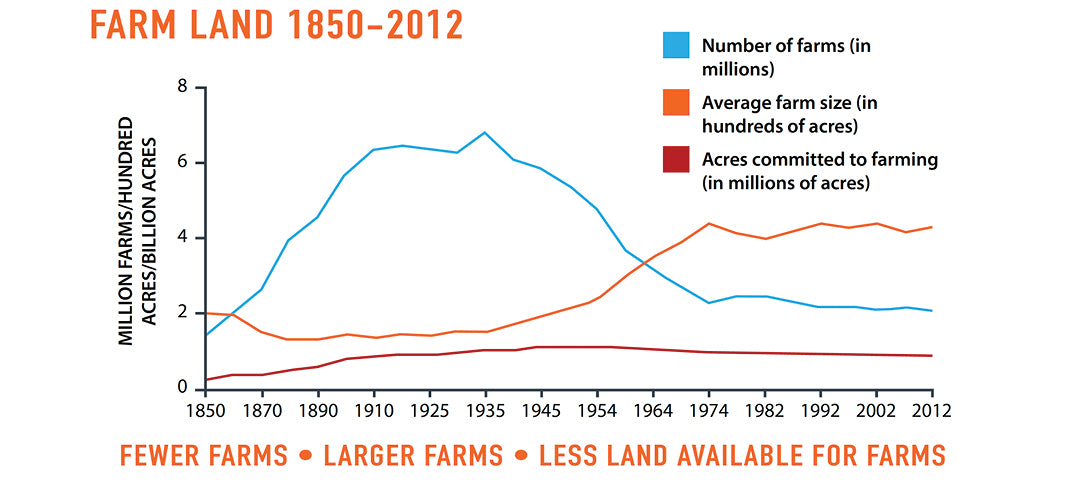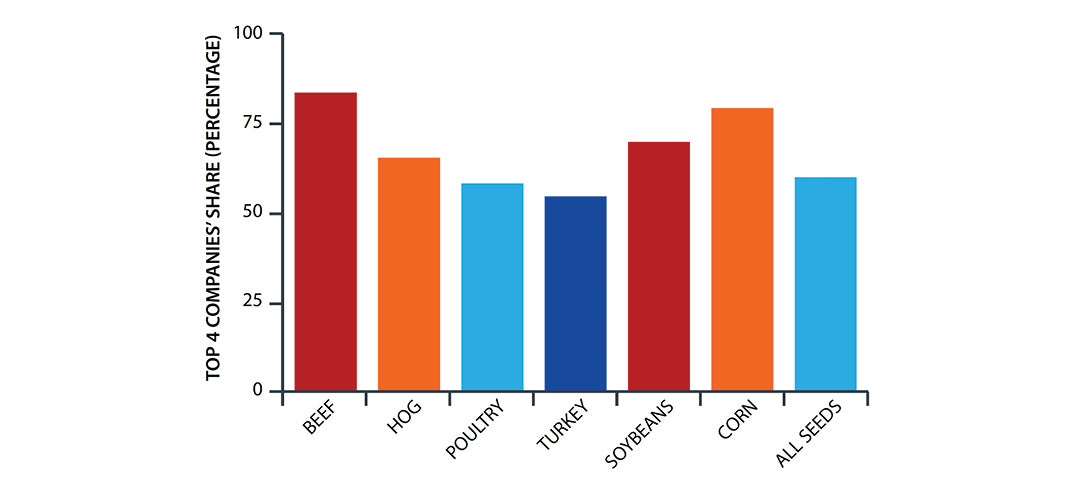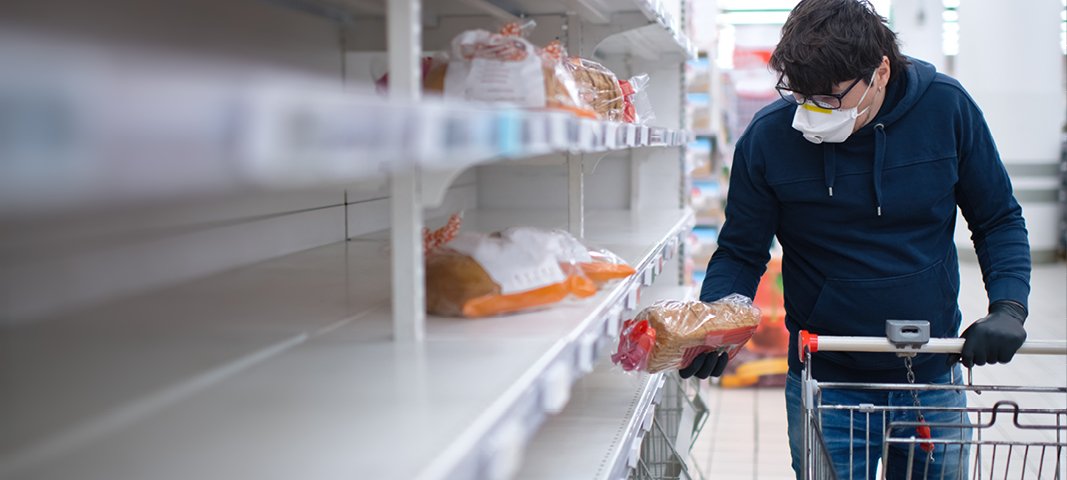In 2018 I helped write a book called “Countdown to the Global Food Crisis” that laid out 10 of the most serious risks to the world’s food supply. We uncovered how experts have been predicting a major food crisis for years.

The president has mandated meat plants remain open through the coronavirus outbreak
It is safe to say those days are over.
Since the outbreak, every week seems to bring a new set of problems for our food system. After Tyson Foods took out a full page in the New York Times declaring that the “food supply chain is breaking” and the president himself mandated that meat plants stay open (supplies are down regardless), we’re finally seeing how fragile our food supply can be.
But these problems didn't come out of nowhere. There are MAJOR weaknesses in our food supply that have been going untreated and unnoticed (by most) for years—and the coronavirus is exposing them one by one.
Three (Of Many) Reasons Our Food Supply Is Vulnerable
Our Food Supply Chain Is Too Far Flung.
In a world where US shoppers buy apples grown in China and rice grown in India, dozens of things have to go right for food to end up on our plates.

Reliance on food from distant locales makes our supply chain all the more vulnerable to major events
The farmers in far flung corners of the world need favorable weather and soil conditions. Planes, trains, and trucks need operators and wide-open thoroughfares. Government agencies need the resources to inspect and approve commodities. Processors and grocers need to efficiently receive, manage, and sell inventory.
For every mile you put between people and their food, you add another layer of fragility.
Many of the coronavirus-related stresses on our food supply chain boil down to the difficulties of transporting commodities. Imports are falling in many areas as airlines shut down flights. We could also see a drop in the truck driving ranks. Little more than a week ago, the Owner-Operator Independent Drivers Association sent a letter to President Trump with the headline, “HELP—MAYDAY—9-1-1.” “We could very well see a tremendous reduction in drivers,” the letter warned. “Urgent and immediate action is demanded to safeguard our nation’s supply chain.”

Billions of dollars of food is being tossed out or left to rot
A Rigid System is Prone to Mismatches of Supply and Demand.
How could there be a shortage when farmers are literally tossing mountains of food out to rot (billions of dollars worth and counting)?
The coronavirus has exposed a major, well-known weakness in our distribution chain: a mismatch in supply and demand. If the farmers who grow food can’t get it to the right places, there may as well not be food at all.
As a simple example, flour sent from a wheat farmer to mill is packaged in enormous 50-pound bags. Obviously, bags that large aren’t going to fit on a grocery store shelf or in shoppers’ pantries.

Many farms are massive operations that can't just shift on a dime with market demand
So, the wheat farmer (whose entire operation is set up to pack industrial-sized bags) is now in a position of having to completely upend his processing line. That could potentially mean new machinery and systems of labor, not to mention new grocery distribution networks. In the meantime, what does the farmer do with 50-pound bags of wheat no one wants to buy?
It all goes to highlight how dangerously rigid our food production chain is. One significant change in conditions, and the entire system can upend.

This chart tracks the trends that lead to the modern agricultural landscape in the US with fewer farms of greater acreage.
Putting too Many Eggs in One Basket.
Even as our food supply has spread out geographically, the number of organizations controlling it has shrunk.
Over the last half century or more, developments like complex agricultural equipment and lower produce prices drove small farms out of business. This created a vacuum that large corporations swooped in to fill. In the 1930s there were 6.3 million farms. Today, that number has been cut to a third.

Four companies own a massive percentage of multiple food production markets
The result? Most of the food we eat is handled by a relatively small number of companies that rely on an even smaller number of processing plants. If just one of those companies (let alone a few) takes a major hit it has the potential to put the entire system in jeopardy.
Just look at Smithfield Foods, the largest pork producer in the world. After a coronavirus outbreak at one of their processing plants forced a complete shutdown (still ongoing), the US pork supply was reduced by five percent. That’s from just one plant!
Death by a Thousand Cuts

Break too many cogs in the machinery of American food and huge portions of the supply chain could grind to a halt
Each of these weak points in our food supply chain is a problem on its own. But as we’re seeing with the coronavirus, disasters tend to inflame many issues at once.
It’s like cogs in the machinery American food. Break a couple and the machine may still limp along. Break too many and you hazard huge portions of the supply chain grinding to a halt.
Whether or the coronavirus will be the tipping point that “grinds” our food supply chain to a halt is yet to be seen. Either way, as most are now admitting, the machine is breaking before our eyes.
These are the first signs, but I’m willing to bet they’re not the last. Whether it comes during this outbreak or years down the road, our stressed-out food supply chain can only take so much. Through it all, I’ll be darned glad to have my emergency supply of food to back me up. Will you?

